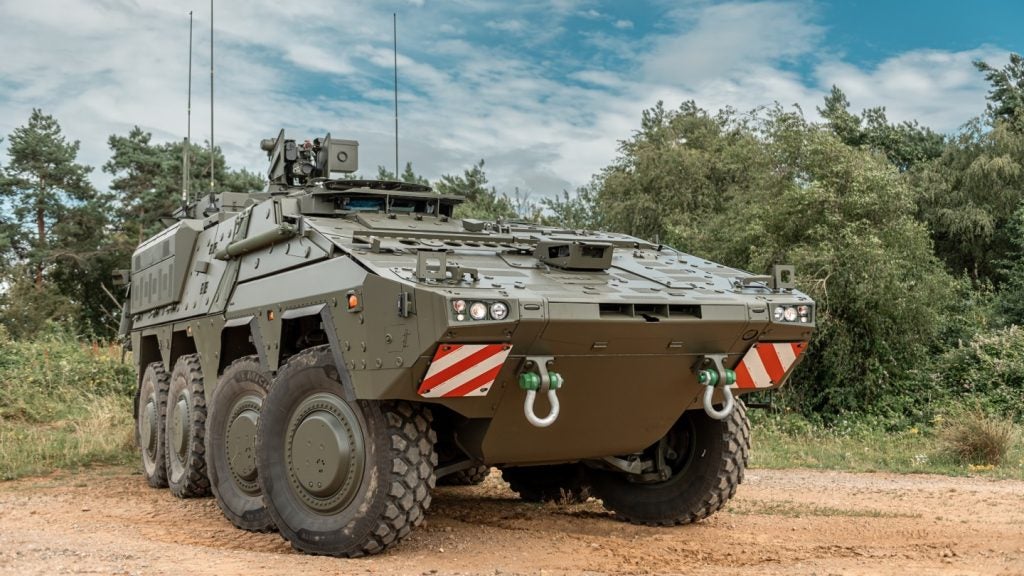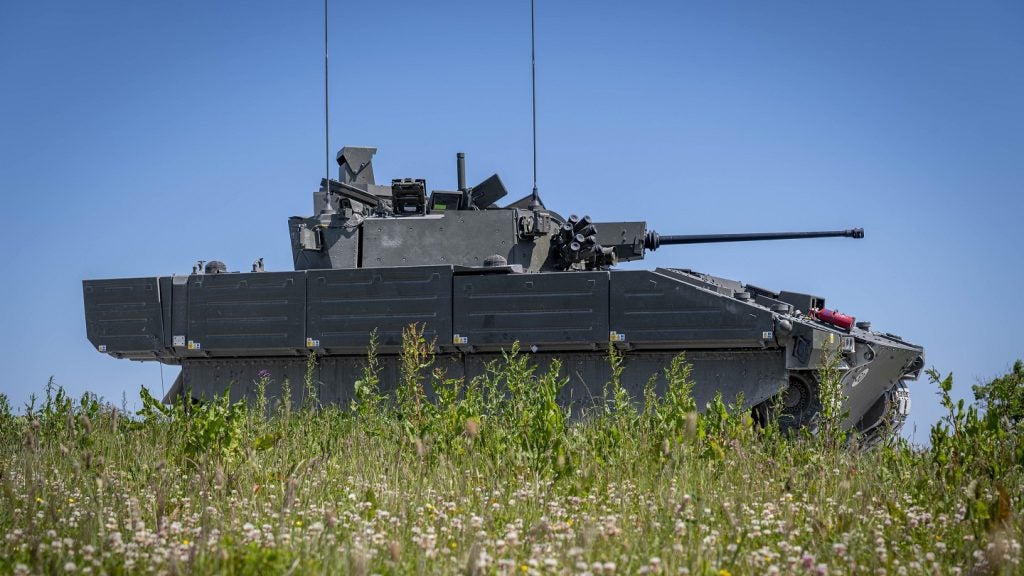UK’s Defence Science and Technology Laboratory (Dstl) and Nuclear Decommissioning Authority (NDA) and Defence and Security Accelerator (DASA) have awarded funding to three innovators to design telexistence systems.
Valued at £1.3m, the combined funding seeks to expedite four projects from the three entities on telexistence innovations for defence, security and nuclear-decommissioning applications.
The award follows the Defence and Security Accelerator (DASA) Telexistence: Phase 2 contest to shortlist innovators.
The projects include TNO’s Haptic Bimanual Telexistence System (HaBiTS), the University of Sheffield’s Medical Telexistence Platform (MediTel), and Cyberselves Universal’s TEL-ND and TEL-MED.
While HaBiTS featuring robotic arms plans to provide NDA operators with visual, auditory, and haptic cues for efficient task execution, MediTel will focus on providing advanced medical telexistence technologies.
On the other hand, Cyberselves’ TEL-ND is expected to enable operators to take up tasks remotely without affecting performance.
How well do you really know your competitors?
Access the most comprehensive Company Profiles on the market, powered by GlobalData. Save hours of research. Gain competitive edge.

Thank you!
Your download email will arrive shortly
Not ready to buy yet? Download a free sample
We are confident about the unique quality of our Company Profiles. However, we want you to make the most beneficial decision for your business, so we offer a free sample that you can download by submitting the below form
By GlobalDataCyberselves will also work on TEL-MED, which aims to ensure the availability of medical workforces in multiple places.
The three innovators are also required to assess their innovations against certain applications, including specialist nuclear-decommissioning tasks, explosive ordnance disposal, and defence and security medical applications.
Following ten months of development, the projects will undergo a series of trials, the results of which are expected to be released in 2023.
Dstl project manager Mark Hodder said: “The DASA Telexistence: Phase 2 competition has been a great success in finding the latest innovators to collaborate with Dstl and NDA to develop a complete system using science and technology to integrate and create a platform using telepresence, robotics and haptics together to achieve results.”
NDA Innovation Delivery manager Andrew Gray said: “Advancing technologies in the area of telexistence will help us deliver our decommissioning mission more safely, securely and efficiently in enabling us to move humans away from harm.
“It’s our aim to reduce decommissioning activities carried out by humans in hazardous environments by 50% by 2030.”






